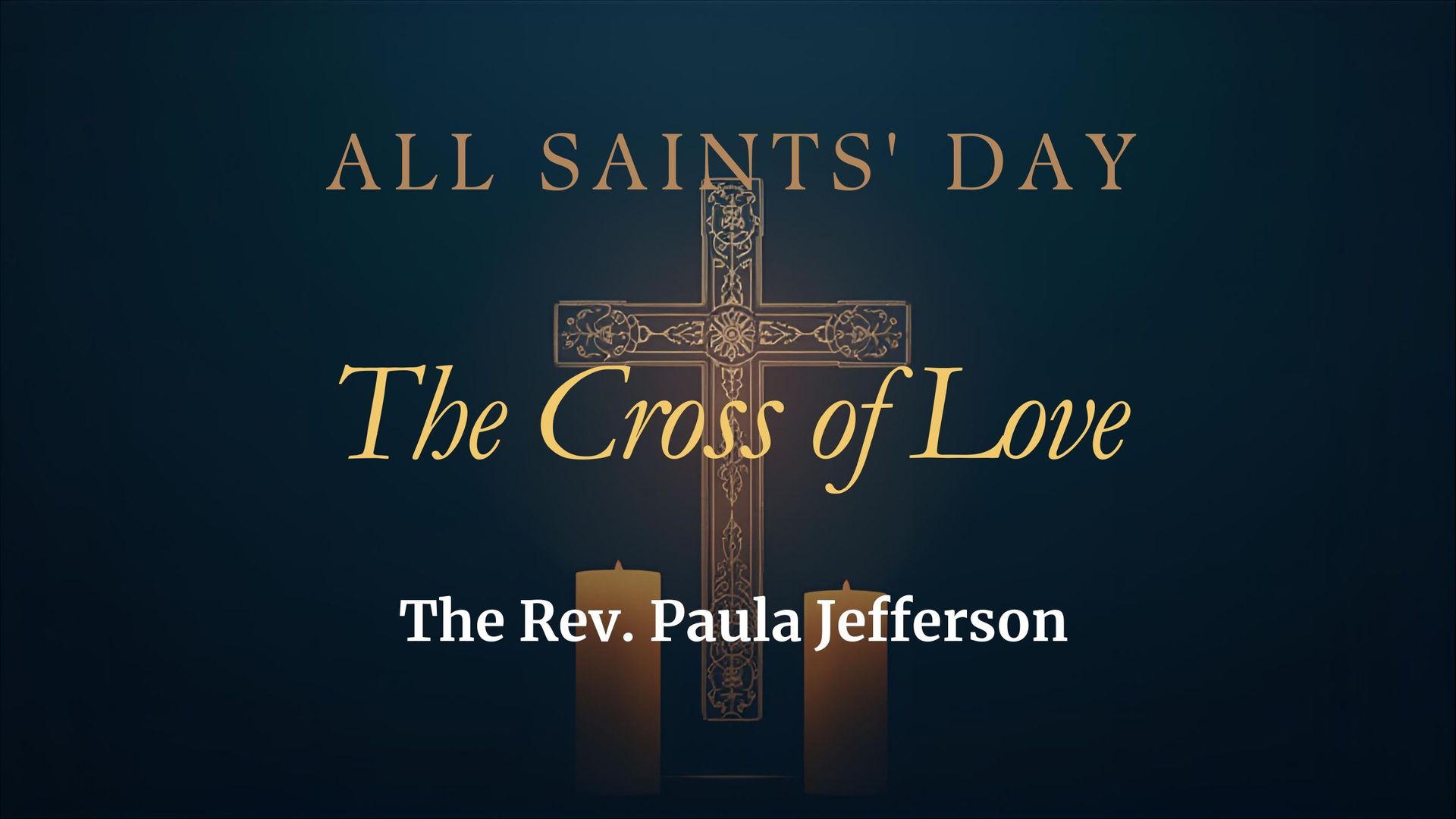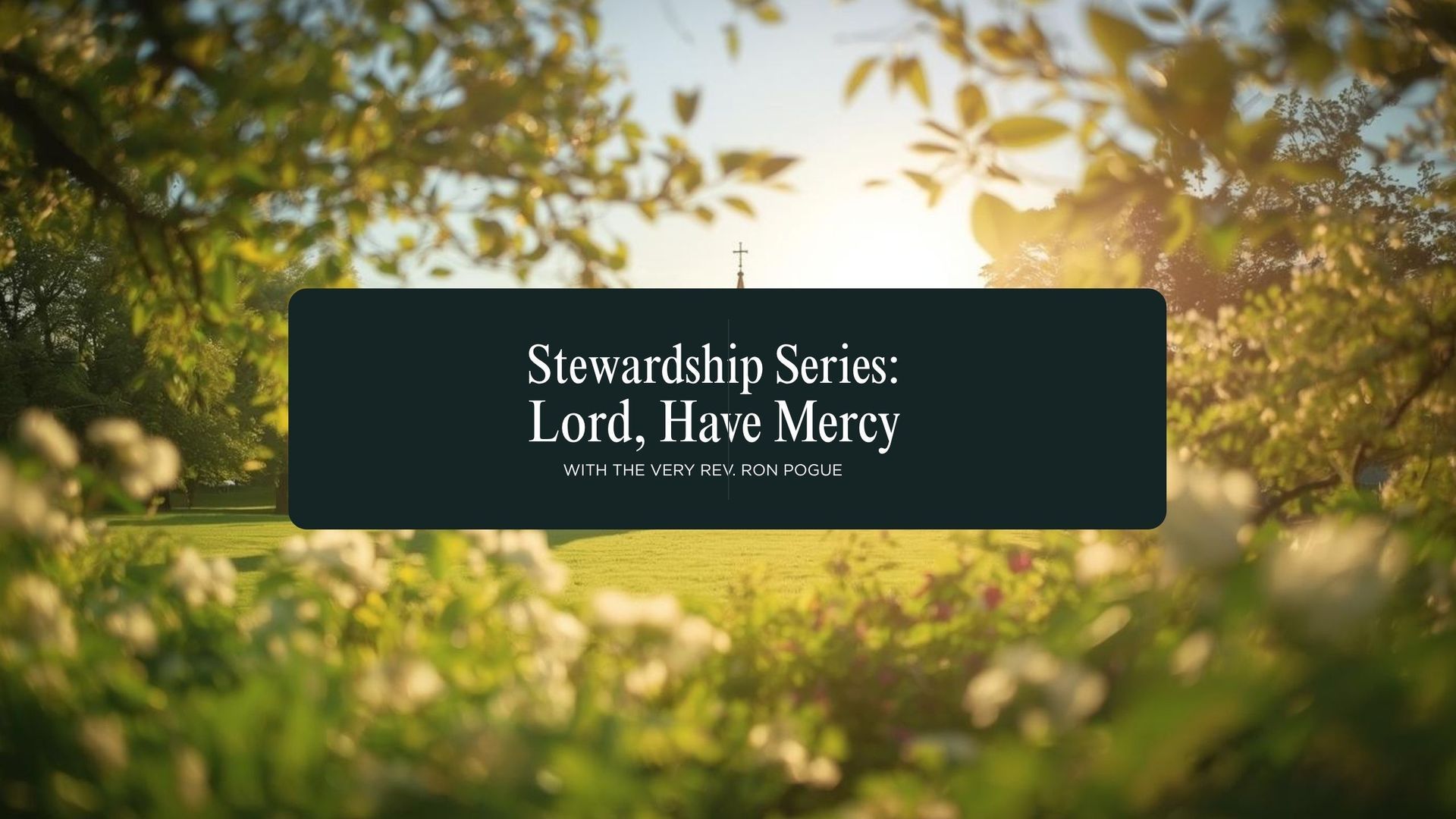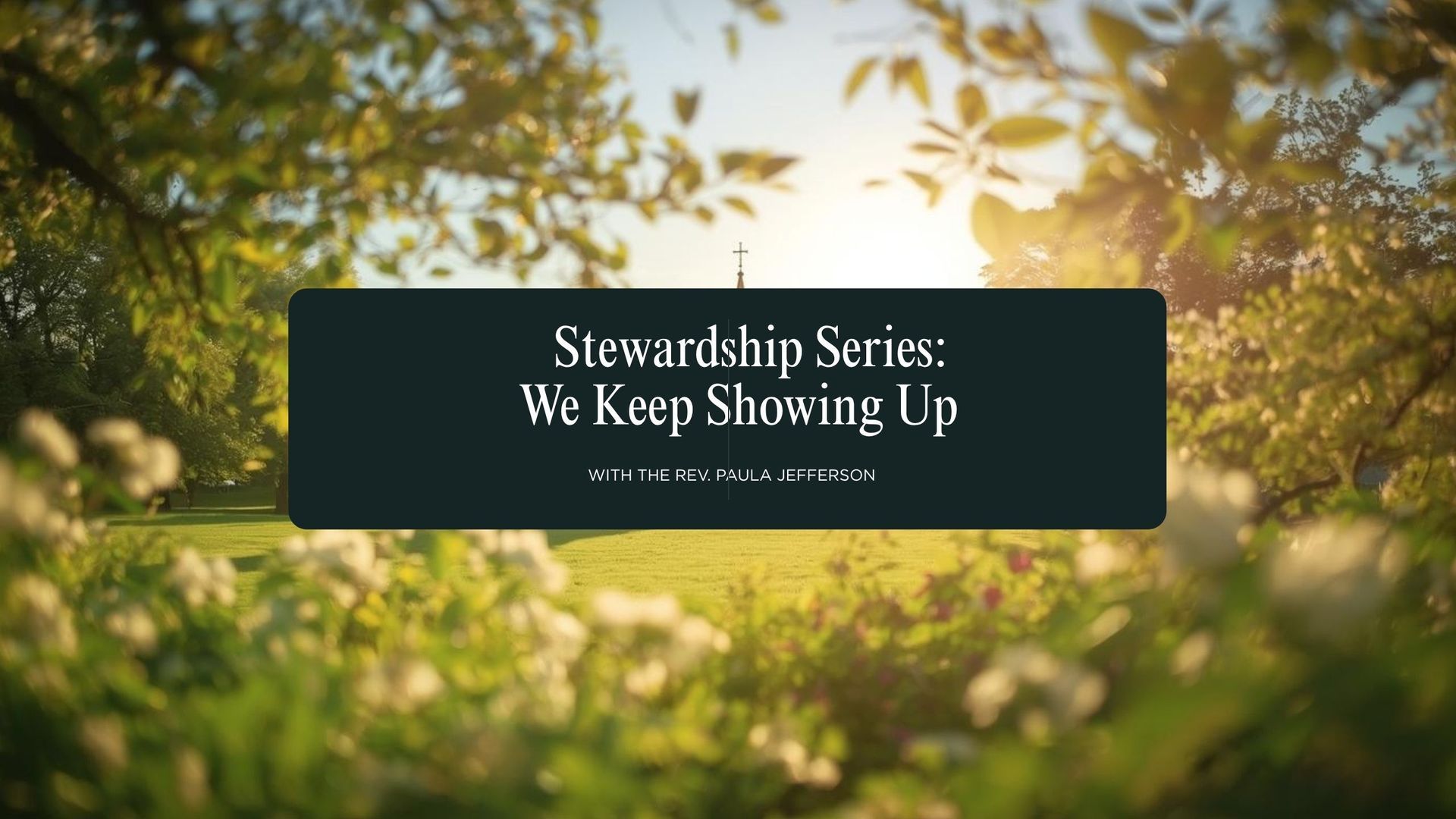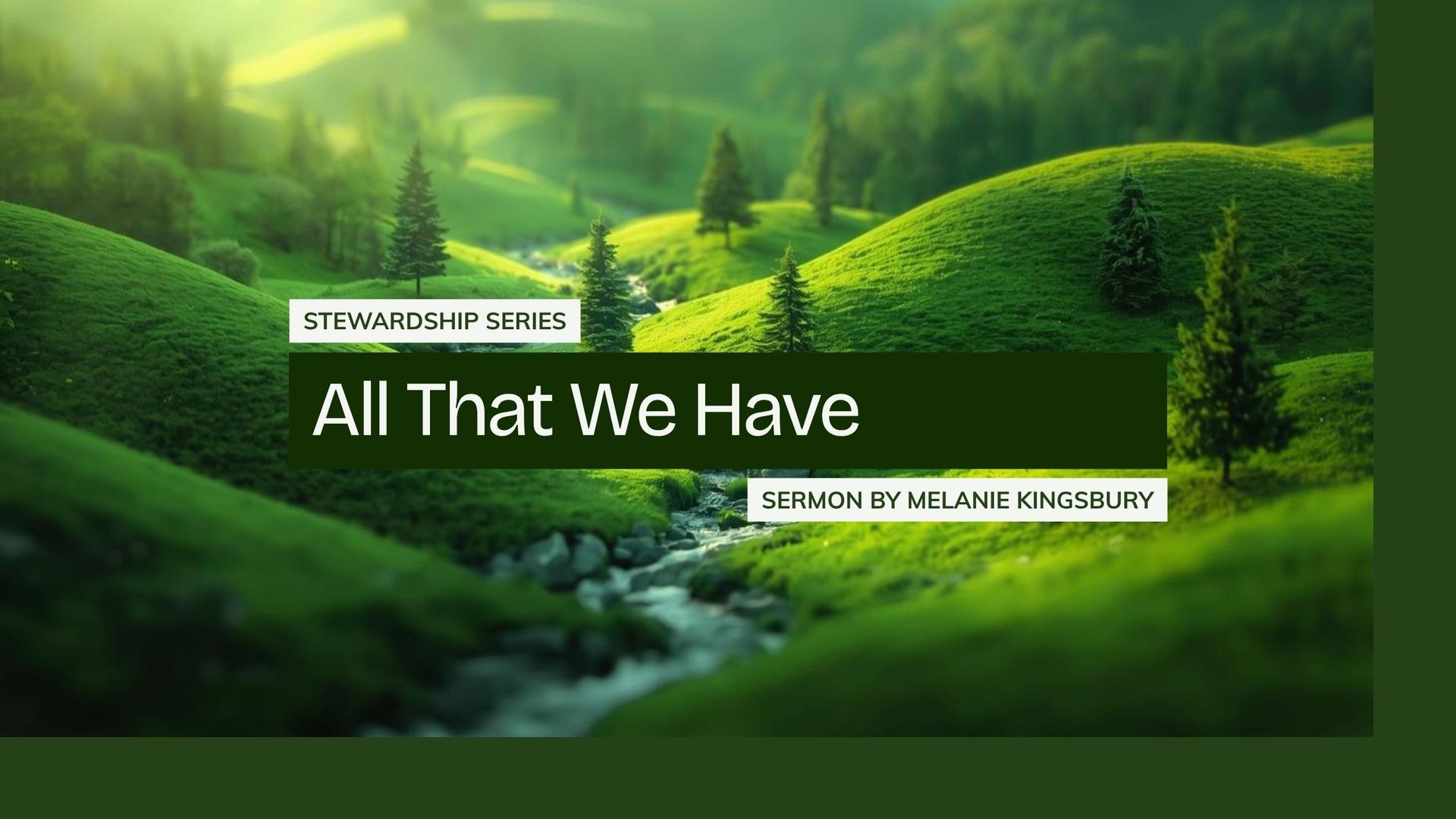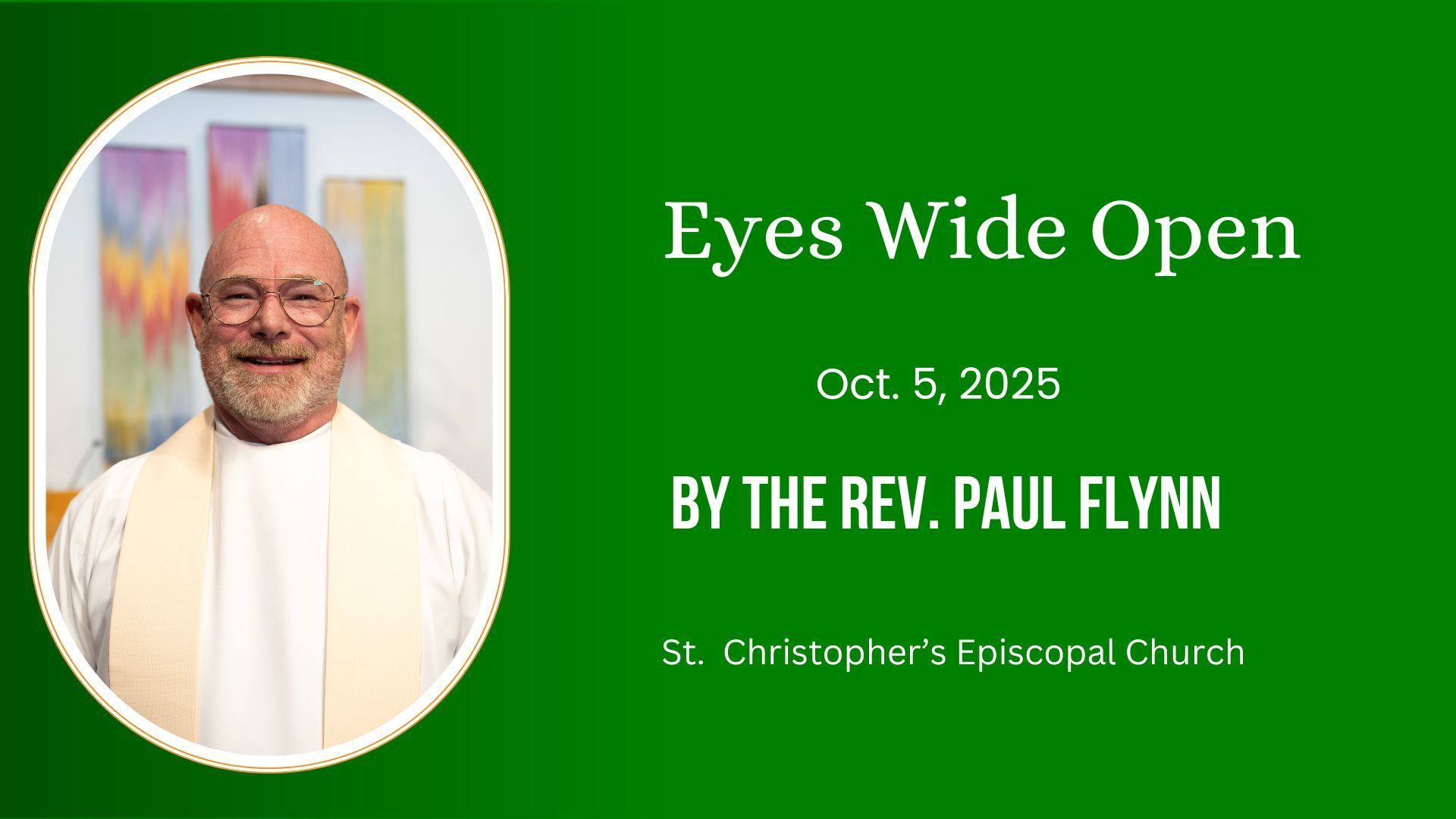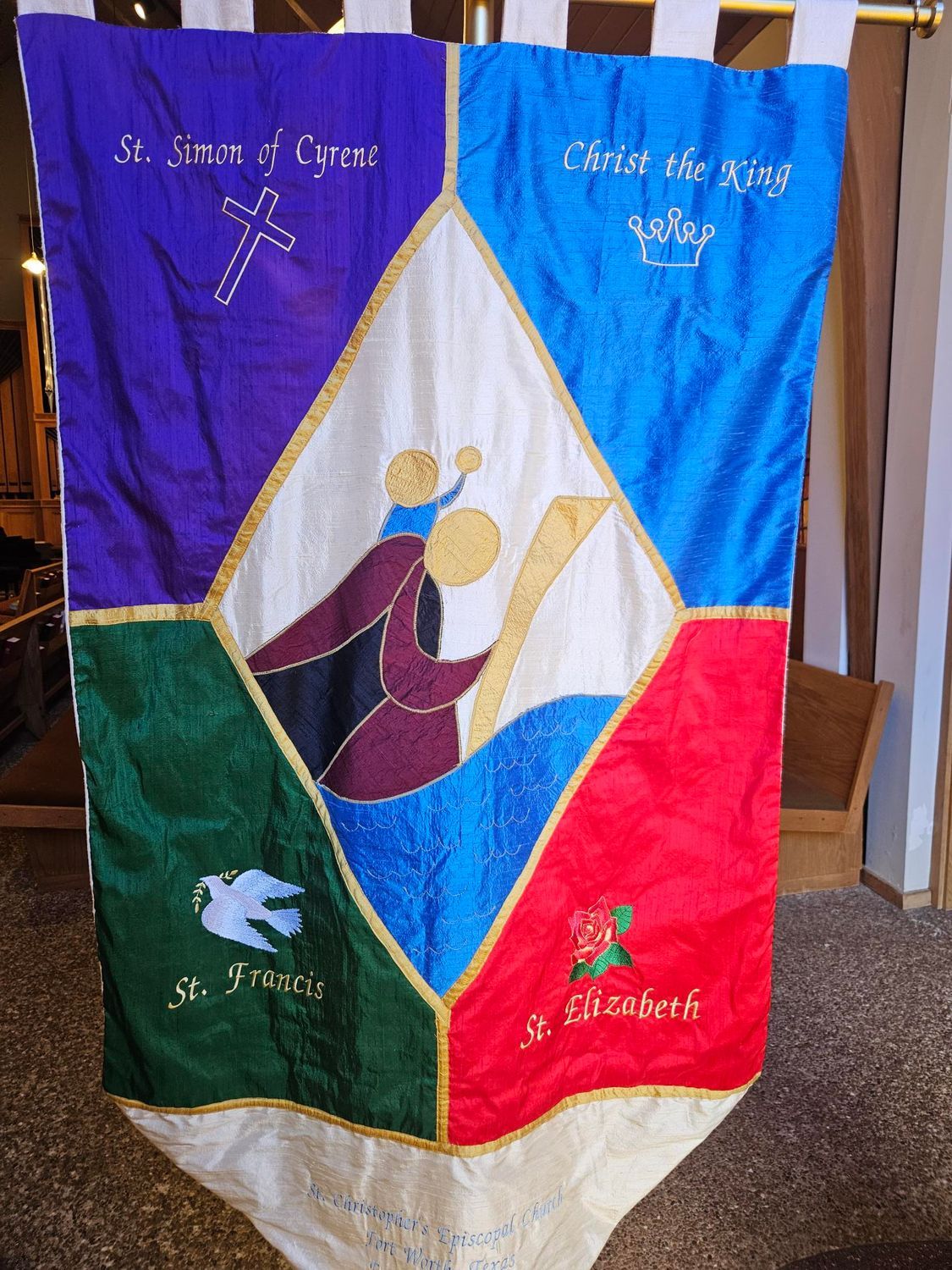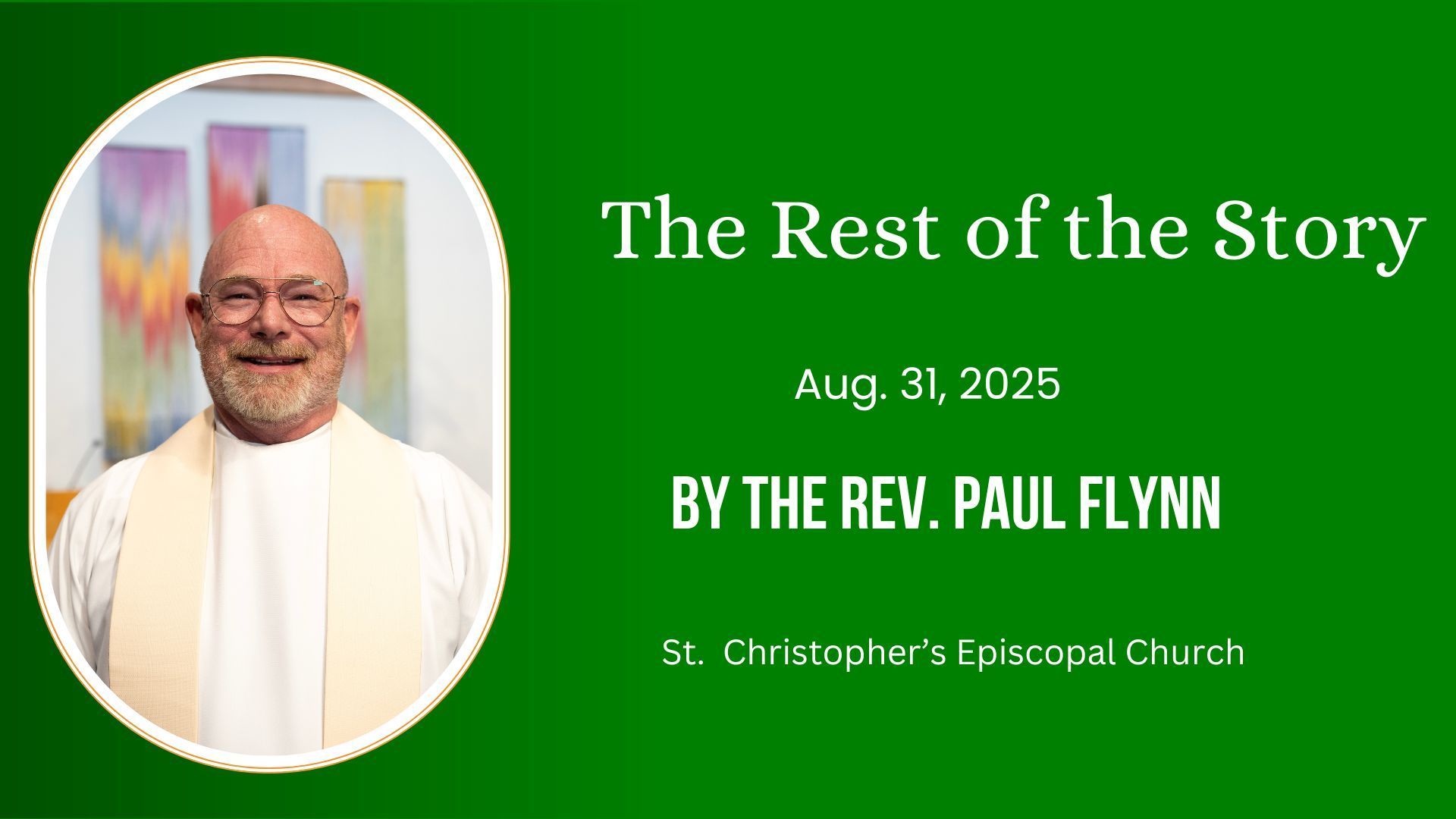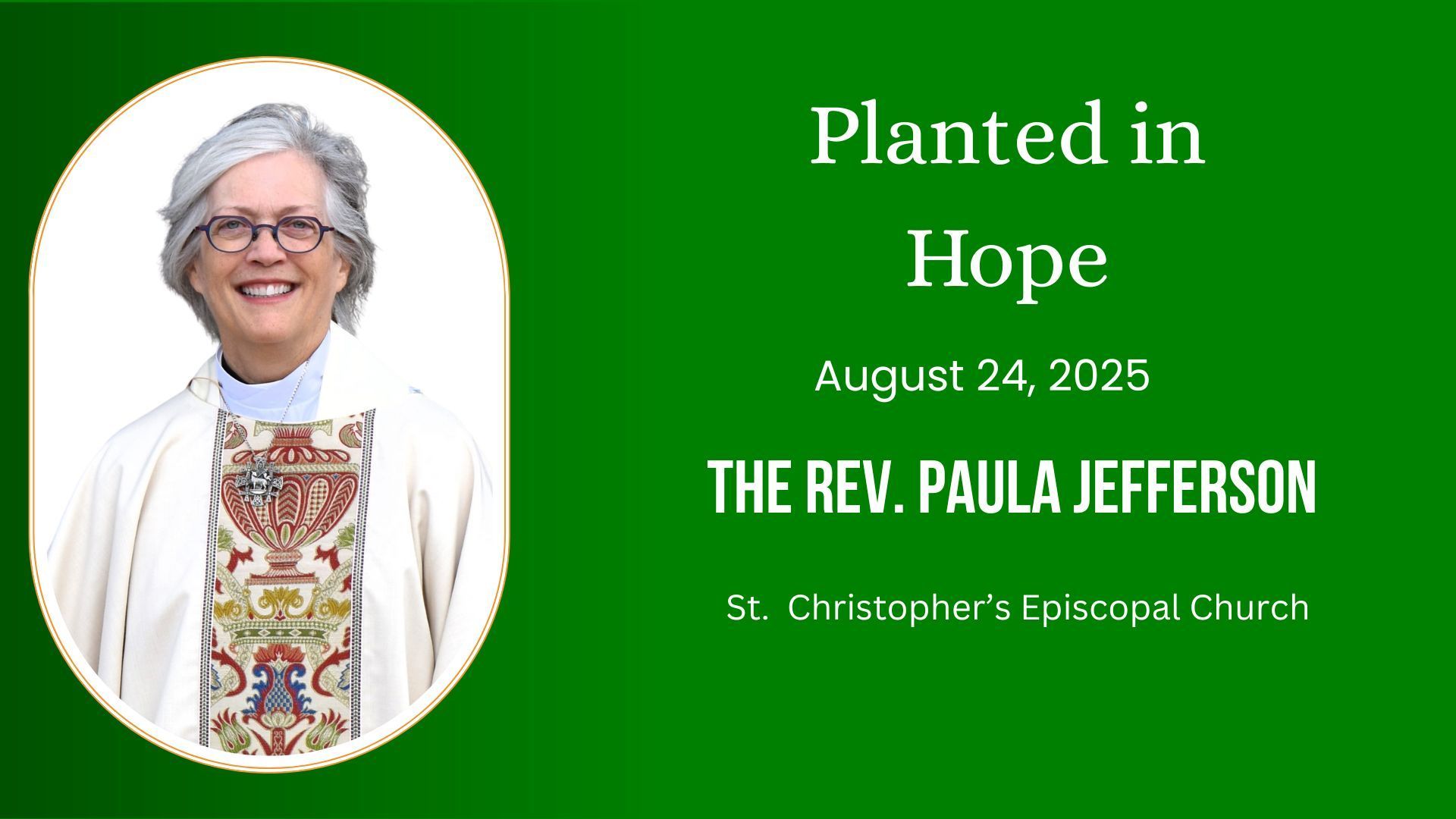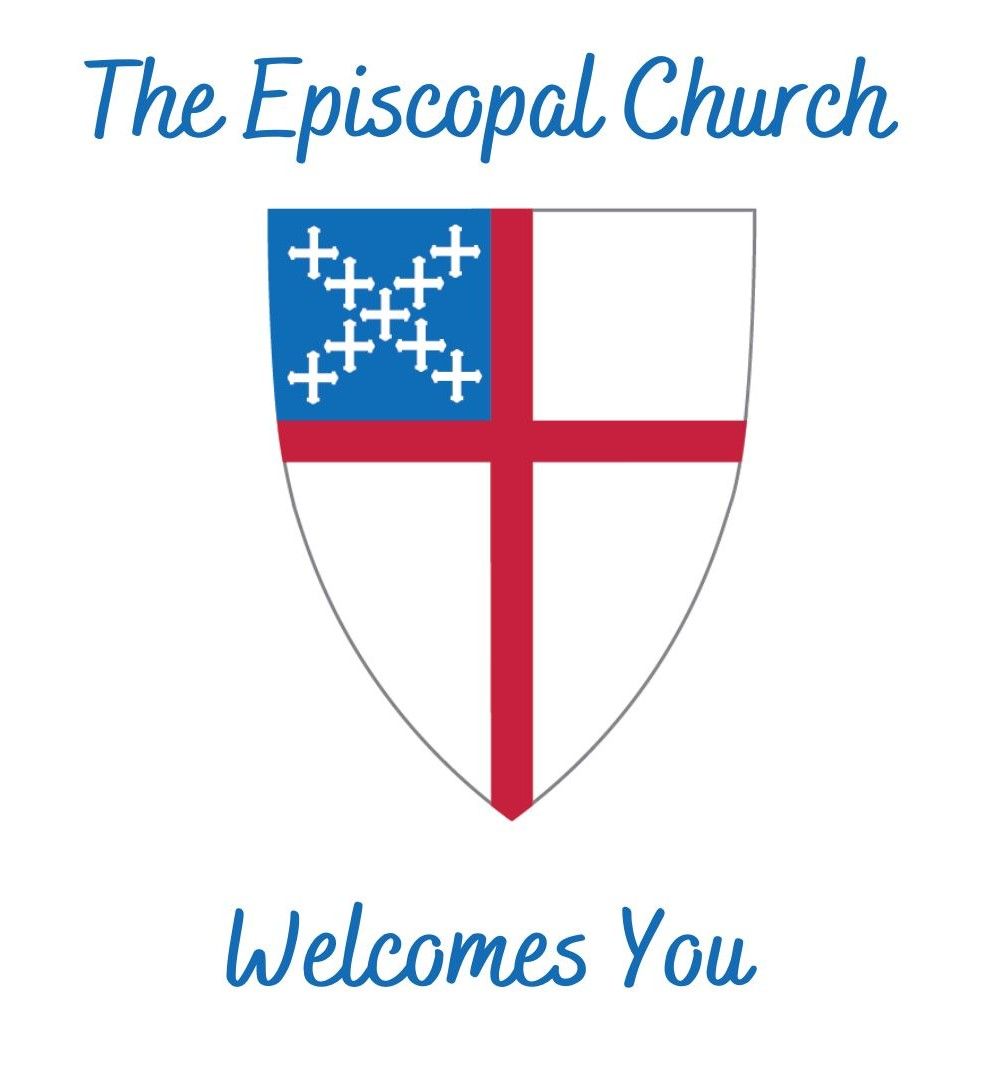Like many people, Amazon delivers to my home on a regular basis. This time of year, it’s not uncommon for Dursey and I to discover several boxes on the front porch. But once a month, there is a box especially for the dog. The box always contains two seasonally appropriate toys and two bags of dog treats suitable for Dursey. In November, Dursey received a squeaky turkey and a squeaky can of cranberry jelly.
Even though these boxes only come once a month, Dursey always recognizes “his” box. I’ve often wondered if they soak the cardboard in bacon grease! He goes crazy with anticipation. Before we can do anything else, the box has to be taken to the kitchen and opened.
It is worth the $20 a month to see him wild with joy.
Today we heard from Paul’s first letter to the Church in Corinth. On his second evangelism tour, he traveled from Jerusalem to the major cities of his time: Antioch, Thessalonica, Ephesus, Athens, and Corinth.
Years later, Paul wrote to the church in Corinth because it was becoming fractious. Several leaders emerged within the community and the people were choosing one leader over another. It was becoming a political mess.
[The Rev. Dr.] Jane Patterson, who taught scripture at Seminary of the Southwest, said that the crux of Paul’s letter to the Corinthians is, “The emptying of power for another is the manifestation of Christ-like behavior.” It is a theme that connects to the birth of Christ.
The opening of Paul’s letter is a Christological masterpiece.
He says, “We have received Christ—and in every way we have been enriched in him. We do not lack any spiritual gift as we await the revealing of our Lord Jesus Christ.”
It sounds like a contradictory timeline: we have received Christ; we are in Christ and we await Christ.
Paul is saying that we are—even now—fully in the life of Christ. We are here, in this messy world of ours, and we are in God. We are at once in a world of limitation and awed to see the limitless within the limited.[1]
In the moment of Incarnation, Christ empties himself, takes on human flesh and enters our world. He does not come with a crown and scepter. He comes humbly. He takes on the limitations of our world even though Christ is limitless.
The monthly dog toys are not durable enough for a bird dog. And so we learned to play hide and seek with them. Every evening, Dursey goes to the mantle where I keep one of his toys. He points at the toy and whine in a shrill pitch that feels like crystal is definitely shattering somewhere. And then our hide and seek game begins.
It is this activity that he craves when the box arrives. The box signifies to Dursey that we will play every evening together. It is a joyful ritual we both anticipate.
The Church begins a new year today. Advent I is a beginning point—we turn our eyes toward the manger and the gift of life. On this day, we light the first candle of Advent—the candle of Hope.
It is Hope that pierces darkness and lights our path toward the manger.
And so I wondered, on a day that we celebrate divine Hope, how does Paul’s message connect with Hope? How do our lives manifest Christ-like behavior now…even as we await the coming of Christ?
Every time I have a deep conversation with the people of our congregation, I learn something new about us. At our last vestry meeting, I learned that one of our members has been involved with a food pantry on the west side of Fort Worth for many years. And another vestry member has been involved with CCA in southwest Fort Worth for a long time. We also have volunteers who participate with 4Saints Food pantry on the east side of Ft Worth.
Through these ministries, we help feed hundreds of people every week. When we pour out our power—our privilege—to feed hungry people, we reveal Christ. “I was hungry and you gave me something to eat.” Matthew 25:35
The people we feed do not know whether you and I speak English, whether we find our clothes at Neiman Marcus or Goodwill; they do not know our sexuality or gender; they do not know the color of our hands; they do not know whether we sing soprano, alto, bass, or tenor.
What they do know is that they were hungry and we gave them something to eat. They come seeking food. They leave with much more. The bags of food signify something much greater—they point toward the Hope that is Christ in this world.
In a world of limitations—where wants and needs are often not met—we manifest Christ through our work and our gifts.
To see ourselves as being in Christ, opens our eyes to the limitless God within our limited world. It opens the door for us to be participants, with Christ, in God’s ongoing work in this world.
For those who are desperate to catch a glimpse of Hope, the flicker of this one candle is powerful. It says: I am not alone.
On Saturday evenings, I send a copy of my sermon to Tanya Eiserer. She uploads the text so that people at home can read it while they’re listening. And, because she is a journalist extraordinaire, she reads the sermons several times and then she titles them.
Yesterday, she was frustrated that I didn’t directly say why I told the story about Dursey and his monthly boxes. There are times when I choose to leave loose ends in a sermon. I believe it allows the listener to make meaning of a sermon through their own life experience.
But as the day went on, I kept thinking about the metaphor and what it means to me.
Dursey’s response to the box was never really about the box itself or even the toys that were in it. Those physical things meant we would share time together. His excitement is a sign of his desire for relationship with me.
As we look toward the Incarnation of Christ, I wonder if the manger – and even Jesus of Nazareth – are physical signs to us of God’s enduring desire for relationship with you and me.
[1] Battle, Michael; Everyday Connections: Reflections and Practices for Year B; p 3
